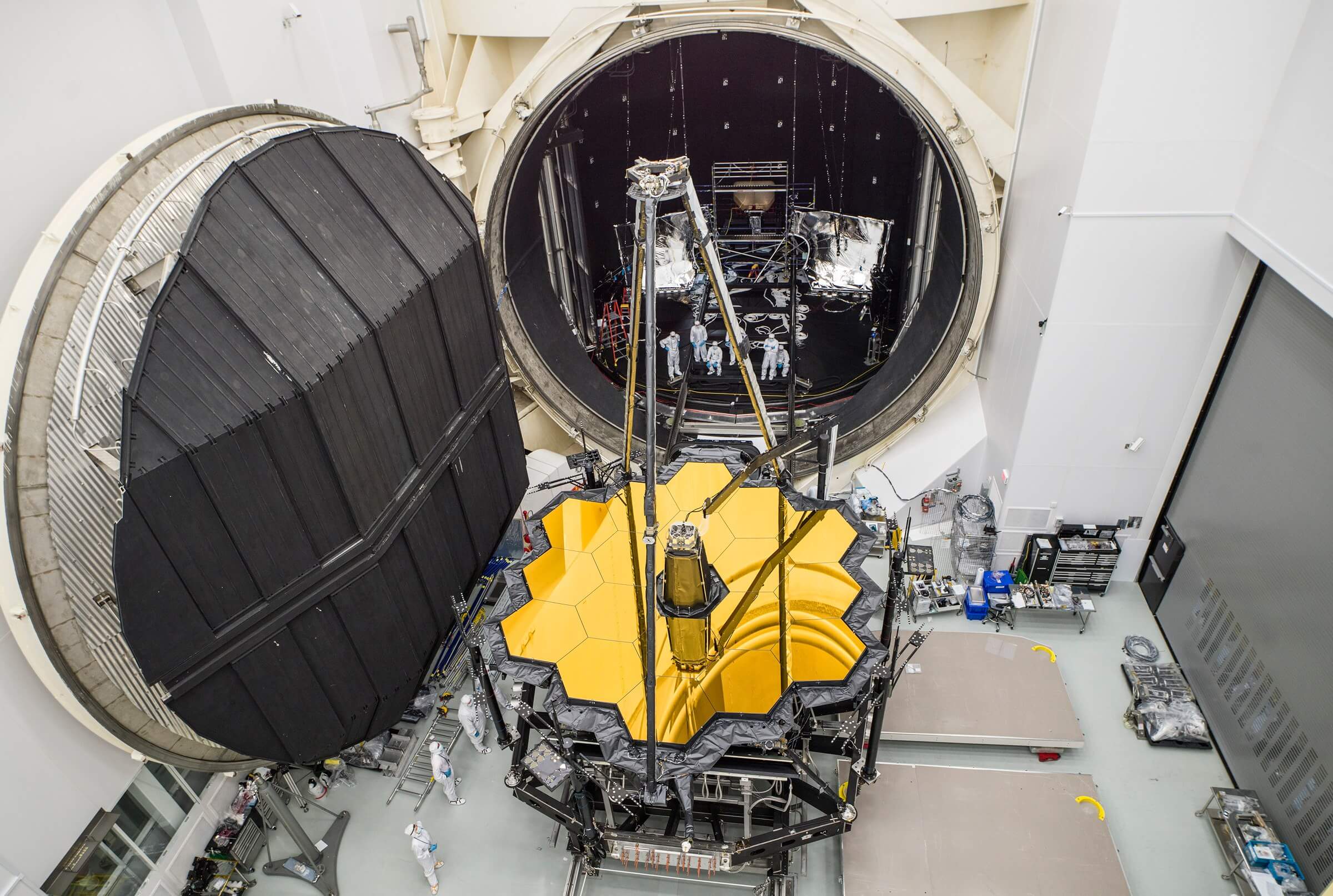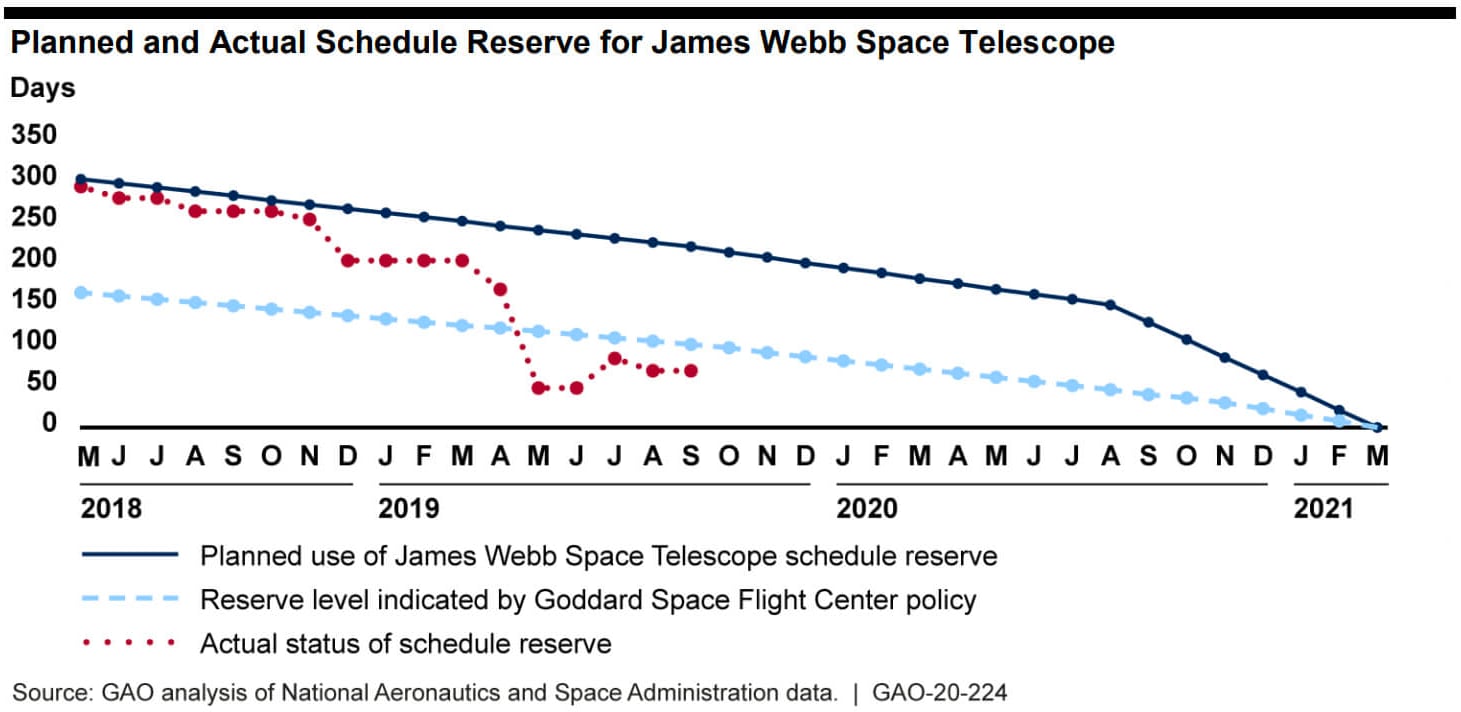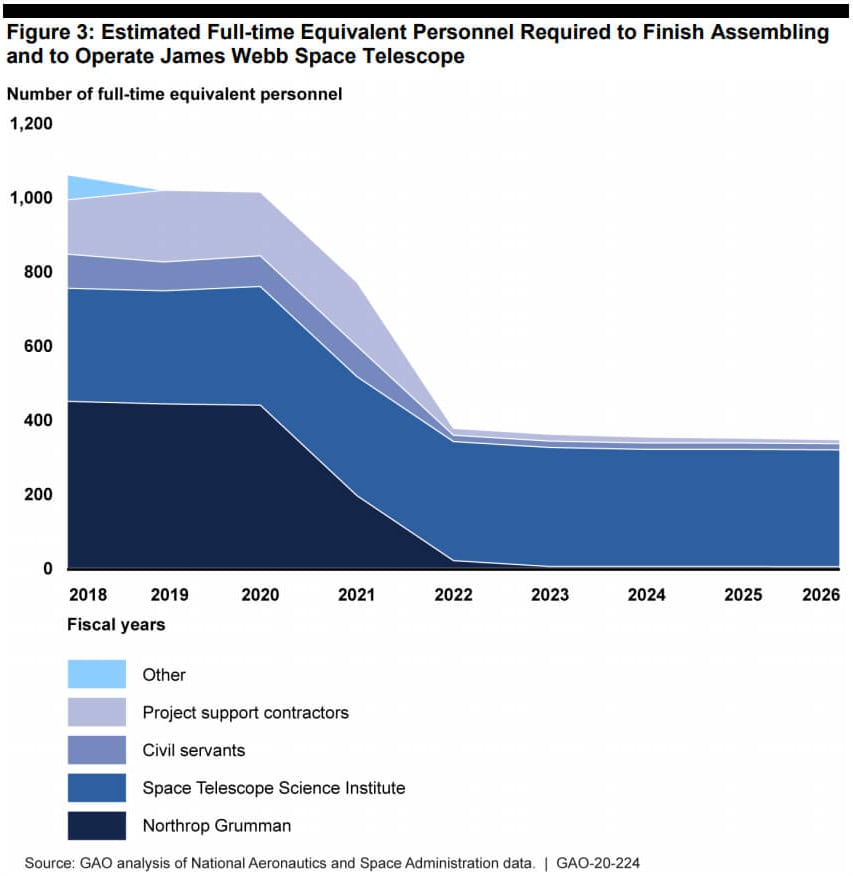What just happened? In its latest report, the US Government Accountability Office found that although NASA's JWST project has made significant progress since GAO's March 2019 report, new technical challenges emerging later in the year have resulted in schedule strain. This could increase the project costs even further, with NASA planning a reassessment of the current launch date in spring 2020.

For curious minds, the James Webb Space Telescope seems to take forever to make its way into space and report back data about the origins and mysteries of the universe. The project has faced several delays since inception, leading to a 95 percent increase in development costs, and now it looks like it won't be making its March 30, 2021 launch date as announced in 2018.
The GAO annually audits NASA's progress on the JWST program and in its eighth report, the agency "assessed the extent to which (1) the JWST project is executing within the revised schedule and cost targets established in 2018, and (2) NASA implemented and sustained key improvements to performance and oversight undertaken since 2018."
It found that the project faced new technical challenges that not only consumed a large portion of the schedule reserve but also resulted in longer employment of the contractor workforce than planned, potentially adding to project costs. "NASA continues to monitor multiple, other risks that could place further schedule and cost strains on the project" notes the report.

Fixing issues with two communication components caused the schedule reserve to decline sharply in April-May 2019
NASA's replanning of the project in June 2018 after "technical and workmanship issues" saw the space agency addressing "all recommendations" from an independent review board. It had also managed to achieve a number of integration and testing milestones, such as deployment of the secondary mirror assembly and observatory level testing.
"The cost and schedule analysis completed by the project in October 2019 indicated that the project will not exceed the cost commitment established in the 2018 replan even if launch is delayed further by a few months," says GAO, adding that officials deem the project funding to be sufficient to continue work "even if the launch date slips 3-4 months past the March 2021 launch date."

As for recommendations, GAO doesn't have any new ones at this time. The government agency notes that its made "several recommendations to NASA on the management of this project in previous reports and NASA has agreed with and taken action on many of them," with the most recent being a joint cost and schedule level analysis for the project which NASA completed in October 2019.
A new launch date for JWST is expected to be announced later this year by NASA as it works its way through the troubled project.
https://www.techspot.com/news/83770-nasa-james-webb-space-telescope-likely-miss-rescheduled.html